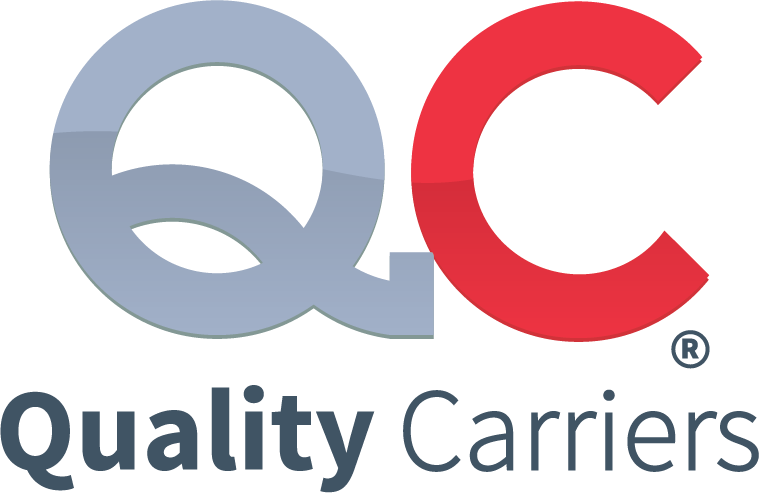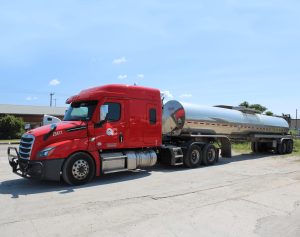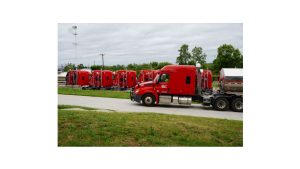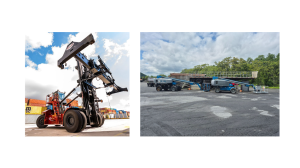Trucking automation transforms the transport industry by integrating advanced technologies to enhance efficiency and logistics safety. At its core, trucking automation involves using autonomous trucks equipped with sensors, cameras, and GPS to navigate roads with minimal human intervention.
Trucking Automation – Explained
Trucking automation refers to integrating technology in the logistics and transportation sector, focusing on developing autonomous trucks that can operate without human intervention. These automated trucks have advanced sensors, cameras, and artificial intelligence for navigation and truck driving tasks. The main goals of trucking automation are to enhance safety by reducing human error, increase efficiency through optimized route planning and continuous operation, and decrease operational costs by potentially reducing the need for human drivers.
What are the levels of Trucking Automation?
Trucking automation is categorized into several levels based on the degree of human intervention needed.
- Level 0 (No Automation): The human driver controls all aspects of driving without any automated assistance.
- Level 1 (Driver Assistance): Basic systems, such as cruise control or lane-keeping assistance, support the driver, who controls the vehicle.
- Level 2 (Partial Automation): Advanced driver assistance systems allow the vehicle to control both steering and acceleration/deceleration, but the human driver must stay engaged and monitor the environment.
- Level 3 (Conditional Automation): The vehicle handles all truck driving tasks under certain conditions, but the human driver must be ready to take control when needed.
- Level 4 (High Automation): The vehicle can operate independently without human input under specific conditions or in designated areas.
- Level 5 (Full Automation): The vehicle is fully autonomous in all conditions and does not require a human driver at any time.
These levels reflect the evolving capabilities of automated technologies in the trucking industry, aiming for higher safety and efficiency as they advance.
Why Invest in Trucking Automation Systems?

Enhanced Efficiency and Productivity
Automation allows trucks to operate 24/7 without the limitations of human fatigue, improving route planning and delivery times. Systems like GPS and real-time traffic analysis ensure optimal routing, reducing delays and increasing overall productivity.
Improved Safety
Automated trucks have advanced sensors and AI technologies that can detect and react to road conditions faster than human drivers. This significantly lowers the risk of accidents caused by human error, such as distracted or tired driving, enhancing safety for all road users.
Reduced Operational Costs
Automation significantly lowers operational costs by reducing the need for a large driver workforce, which can be one of the most significant expenses in trucking. Moreover, automated systems tend to have more consistent driving habits that can lead to reduced fuel consumption and less wear and tear, further lowering maintenance costs.
Future-Proofed Workforce
By investing in automation, companies can prepare their workforce for the industry’s future. Training and transitioning existing employees to manage, monitor, and maintain automated systems ensures that the workforce remains relevant and valuable as technology evolves. This also helps retain valuable institutional knowledge and adapt it to new technological contexts.
Building a Sustainable Future
Automation in trucking can contribute to environmental sustainability by optimizing fuel usage and reducing emissions. Autonomous trucks can drive at optimal speeds and avoid unnecessary idling, lowering their carbon footprint. This will help global efforts to reduce greenhouse gas emissions and promote a sustainable transportation sector.
More Truck Drivers’ Job
While it might seem that automation could reduce the number of truck driving jobs, it also opens up new opportunities in the industry. The transition to automated fleets requires a new set of operation, management, and maintenance skills. There are roles in overseeing autonomous systems, managing logistics that integrate these technologies, and maintaining high-tech equipment, all of which require human skills and create new job opportunities.
Features to Consider in Trucking Automation
When considering features for trucking automation, here are some critical elements:
- Autonomous Vehicles: These are essential for reducing human intervention in driving, enhancing safety, and increasing operational hours. They utilize technologies like LIDAR, radar, and cameras to navigate safely.
- Predictive Analytics for Maintenance: This technology uses data analysis to predict maintenance issues before they occur, minimizing downtime and extending vehicle life. It leverages machine learning to monitor vehicle health and recommend preventative maintenance.
- Route Optimization: This feature uses algorithms to plan the most efficient routes based on traffic, weather, and road conditions. It aims to reduce travel time and fuel consumption, enhancing overall operational efficiency.
- Real-time Tracking and Monitoring: Enables continuous monitoring of vehicles through GPS and other technologies. This feature provides fleet managers with up-to-date information on vehicle location, speed, and route adherence, facilitating better management and immediate response to incidents.
- Connectivity and Communication: This feature ensures that automated trucks can communicate with each other, traffic management systems, and central command centers. It supports better coordination, improves response to real-time road conditions, and enhances safety through Vehicle-to-Vehicle (V2V) and Vehicle-to-Infrastructure (V2I) communications.
- Integration with Logistics Management Systems: Seamless integration with existing logistics management systems allows smoother supply chain operations. It ensures that data from automated trucks is directly fed into logistics systems, aiding in real-time decision-making and enhancing operational efficiency.
- Advanced Fleet Management involves utilizing software and technologies to oversee all aspects of a trucking fleet’s operation. This includes tracking vehicle maintenance, managing fuel consumption, scheduling, and optimizing driver assignments. Advanced systems also provide analytical tools to assess fleet performance and identify areas for improvement, ensuring that operations are efficient and cost-effective. This comprehensive management approach leverages data and connectivity to maximize the productivity and profitability of the fleet.
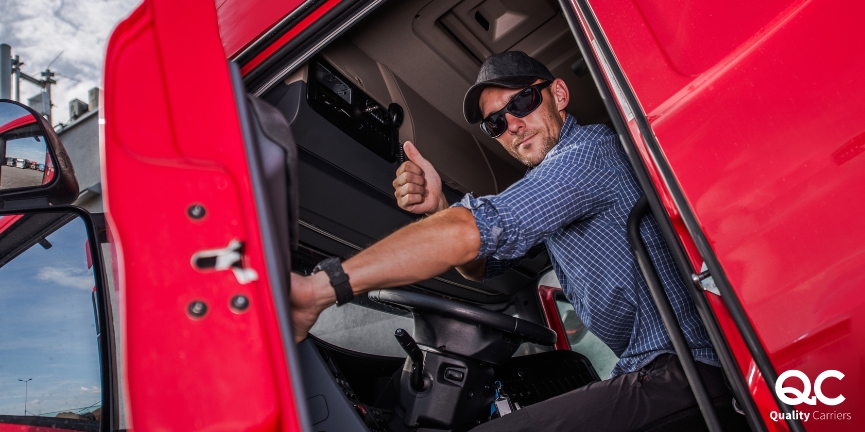
The Future of Trucking Automation
The future of trucking automation is set to impact the logistics and transport sectors profoundly. This evolution is driven by advancements in autonomous driving technology, aiming for fully autonomous Level 5 trucks. As cities become smarter, trucks will seamlessly integrate with urban traffic systems, improving efficiency and reducing congestion. Safety will advance through smarter AI, leading to fewer road incidents. Additionally, the push towards sustainability will likely accelerate the adoption of electric automated trucks, aligning with global carbon reduction goals. This shift will change how goods are transported and transform the workforce. It will also create new opportunities in technology and fleet management while phasing out some traditional roles.
Conclusion
Trucking automation represents a pivotal shift in the logistics and transportation industry. It promises to enhance operational efficiencies while tackling significant challenges like safety and cost. As technology evolves, it is fascinating to see how it reshapes the future landscape of road transport.
FAQs
Benefits include increased efficiency, enhanced safety due to reduced human error, lower operational costs, and decreased emissions.
While still under development, automated trucks are designed to reduce accidents and undergo extensive testing to ensure safety.
Automation may transform truck drivers’ roles, rather than replace them, with new jobs in fleet management, maintenance, and technology development.
